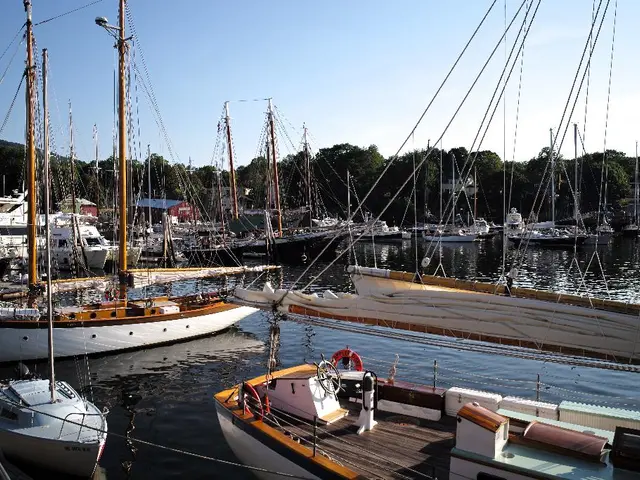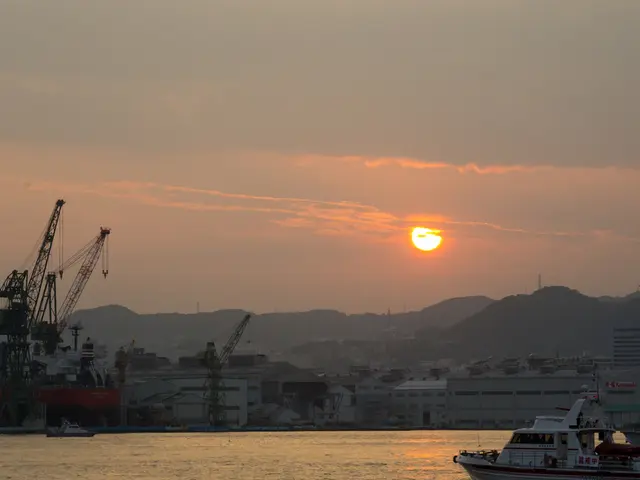Study: Europe's Electricity Demand Can Be Fully Met by Renewables Plus Green Hydrogen
A recent study, 'Firm wind and solar photovoltaic power with proactive curtailment: A European analysis', published in Energy Conversion and Management, reveals that Europe's electricity demand can be almost entirely met by renewable sources. The remaining gap can be filled by green hydrogen.
The study, conducted by an unknown consortium, found that with an overbuild of renewable capacities and proactive curtailment, there's sufficient secured power to balance fluctuations. This approach requires fewer interventions and optimizes system costs in a fully renewable grid.
The Pan-European Intermittent Renewable Overbuilding & Curtailment Optimization Model (PEIROCOM) was used to evaluate the lowest annualized system costs. It showed that renewable and short-term storage can cover around 92.5% of Europe's electricity demand, with the remaining 7.5% provided by green hydrogen. Hydrogen has significant potential for load management, with retrofitted gas turbines helping to use it in times of lower renewable energy generation.
The 'Firm kWh Premium' is used to measure the relative costs of converting renewable energy into secured energy. Secured Levelized Cost of Energy (LCOE) includes all generation and storage technologies, while unsecured LCOE only includes non-regulated photovoltaics and wind energy.
In this fully renewable scenario, Europe is assumed to be completely autarkic, without imports or exports of electricity or hydrogen, with each country achieving at least 80% self-sufficiency. This study underscores the feasibility of a renewable future for Europe, with proactive curtailment and load control playing crucial roles in optimizing the system.
Read also:
- Achieving Successful Bonsai Grafting: Selecting the Appropriate Scion and Rootstock for Harmony
- European consumers are on the brink of experiencing a significant leap forward in electric vehicle (EV) charging technology, as Chinese automaker BYD prepares to unveil its innovative advancements.
- India's First Indigenous Nuclear Submarine Fires Ballistic Missile
- Martin John Workshop Wins Bavarian Environmental Award for Green Initiatives








